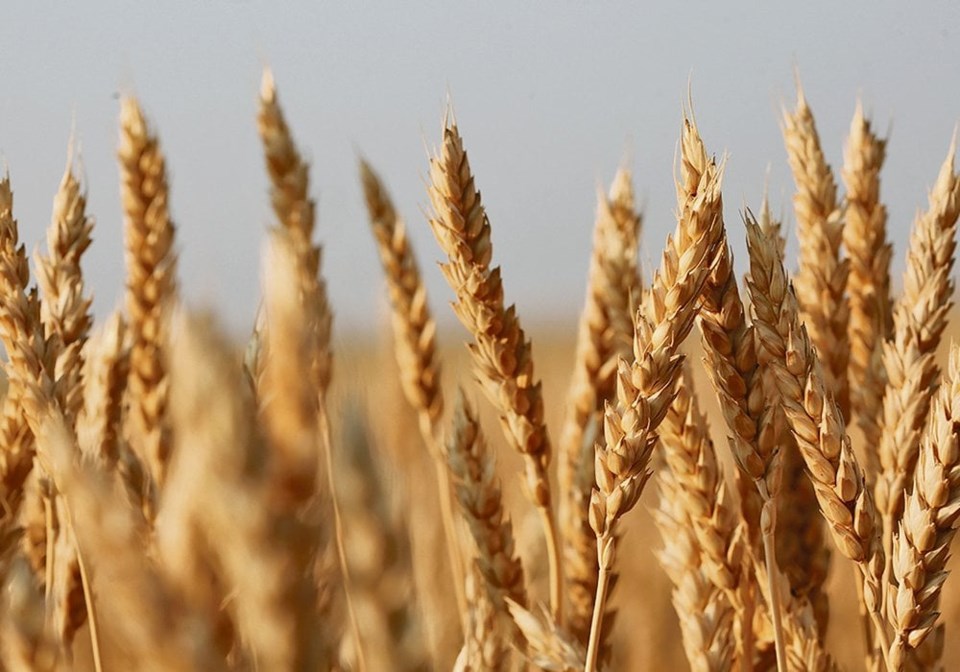SASKATOON — The freefall in U.S. wheat acres appears to have bottomed out.
Farmers in that country are expected to plant 47.5 million acres of the crop this year, which is where acres have been since 2017.
However, it is a far cry from the peak of 88.25 million acres achieved in 1981. There has been a continual decline in wheat since that heyday more than four decades ago.
MarketsFarm analyst Bruce Burnett said there are many reasons for wheat’s demise, but the main one is the northward expansion of the U.S. corn belt due to climate change.
Farmers in northern tier states such as South Dakota and North Dakota started growing corn and soybeans and haven’t looked back.
He attributes the popularity of corn and soybeans in part to the superior genetics of those crops, but also to better pricing opportunities.
“We did go through a period there where wheat prices were relatively low compared to oilseeds,” said Burnett.
The shift out of wheat and into competing crops in the United States has benefitted Canadian spring wheat growers.
“One of the things that has happened is we’re probably consistently exporting more to the U.S.,” he said.
Canada’s wheat acres have held up remarkably well by comparison.
Growers told Statistics Canada they plan to seed 27 million acres in 2024.
That is very much in line with what they’ve been growing for the past three decades, although down from the more than 30 million acres that were planted in the 1980s and early 1990s.
Burnett doesn’t think shrinking U.S. wheat acres have had much impact on Canadian growers, aside from creating marketing opportunities south of the border.
“The U.S. still produces plenty of wheat and is still a major exporter,” he said.
“I don’t know if we’ve gained too much of an advantage.”
If that was the case, then Canadian acres would be on the rise instead of stagnating for the past three decades.
Gunter Jochum, president of the Wheat Growers Association, said wheat simply isn’t the most exciting crop to grow.
“It’s just very hard to make money having wheat as your main rotational crop,” he said.
Wheat price rallies are few and far between because the crop is grown so widely around the world that global crop failures are rare.
Jochum thinks the freefall in U.S. plantings has created opportunities for Canadian growers, but they would be greater if Canada revamped its variety registration rules.
“There’s all kinds of roadblocks,” he said.
“It’s very frustrating when our American friends can grow high-yielding wheat that we could grow here as well.”
Jochum’s farm is located one hour north of the Canada-U.S. border. He would like to be able to get his hands on some of the northern dark wheat varieties that farmers in North Dakota grow.
Burnett said it is possible that stiff competition from South American farmers in corn and soybean markets could force U.S. growers to reconsider wheat.
Farmers in Brazil planted 113 million acres of soybeans in 2023, up from 34 million acres at the turn of the century.
They have come on like gangbusters and have overtaken the U.S. to become the world’s top exporter of the oilseed.
They are also challenging the U.S. in the corn market.
However, Burnett noted that there is still a vibrant domestic feed and ethanol market for corn in the U.S. and a rapidly growing domestic crush market for soybeans due to burgeoning renewable diesel demand.
“If oilseed prices remain fairly strong, I think it would be very, very hard for wheat to displace soybean area in the U.S.,” he said.
Contact [email protected]

